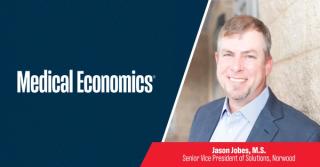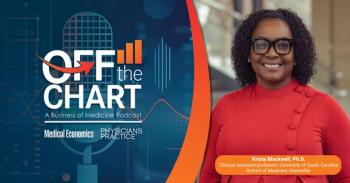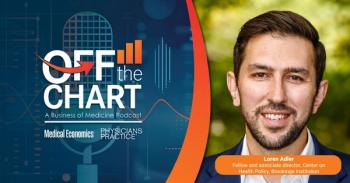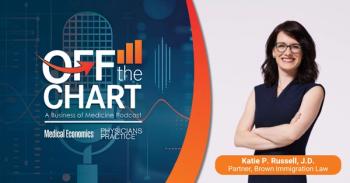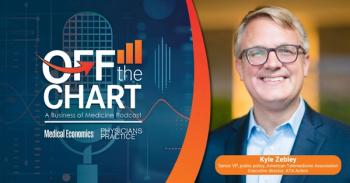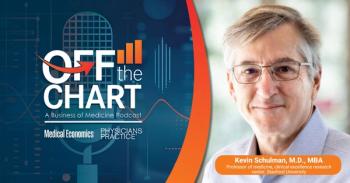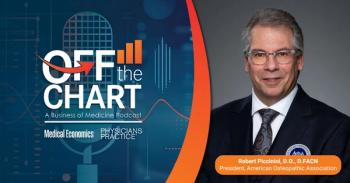
Policy
Latest News
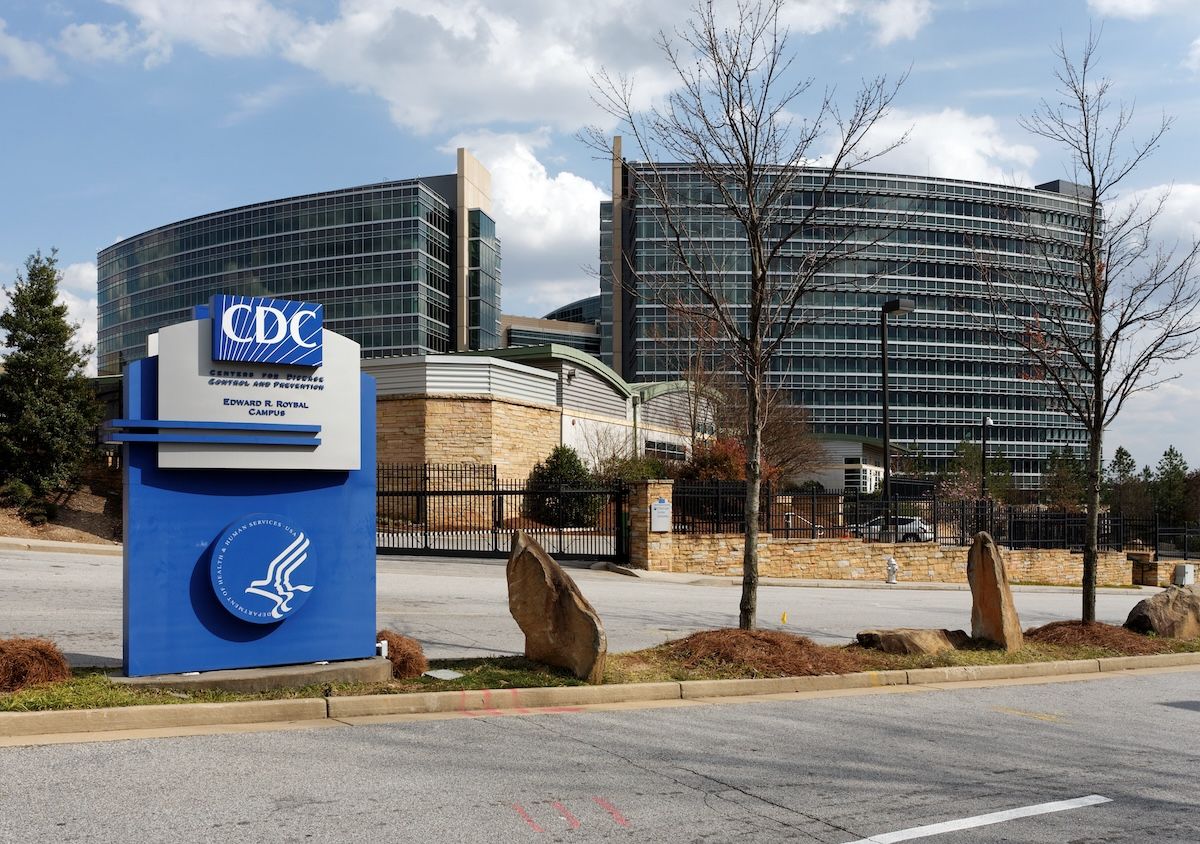
Latest Videos

Shorts

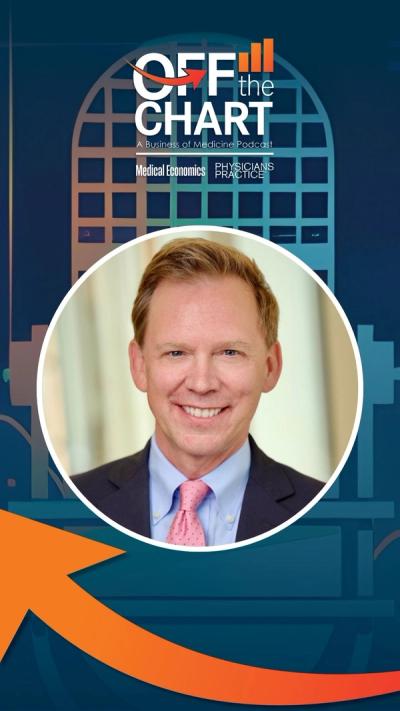





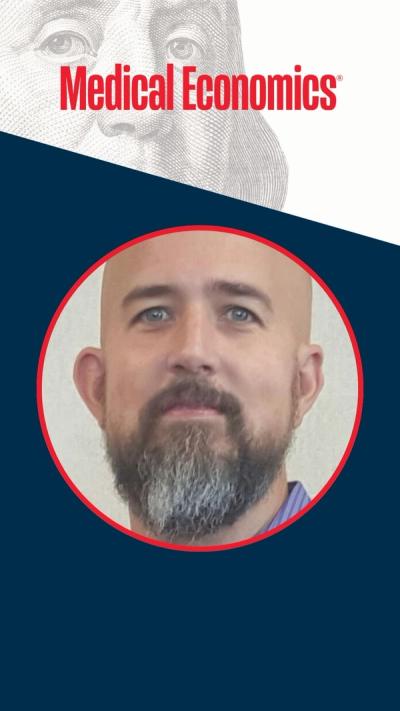

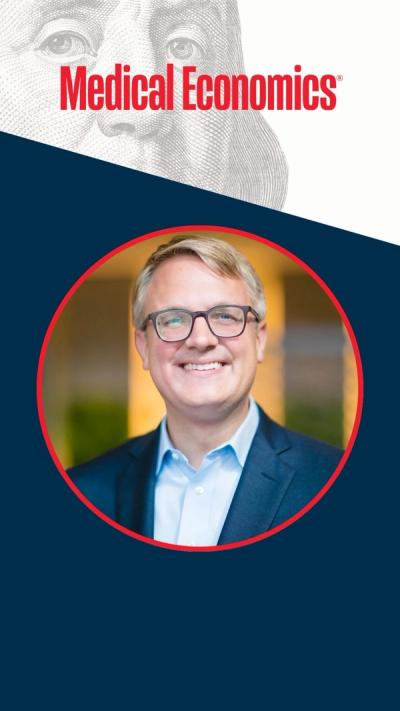
Podcasts
CME Content
More News

New federal loan limits in the OBBBA threaten to increase medical school debt and worsen physician shortages, impacting diversity in health care.

The U.S. lost 11% of its rural family physician workforce from 2017 to 2023, with the steepest declines in the Northeast.

A slideshow primer based on updated guidance from CMS.

New study argues physician ownership in rural areas would sink community hospitals.

A West Health-Gallup survey of nearly 20,000 U.S. adults finds large differences in health care affordability, access and quality across the country.

CMS administrator outlines payment changes, Medicaid reforms, fraud efforts and a plan to overhaul prior authorization during his speech at the AMA Interim Meeting of the House of Delegates.

A panel of physicians, practice leaders and health care experts unpacks what true independence looks like in 2025, and breaks down how practices can strengthen their footing for the years ahead.

A West Health-Gallup survey of nearly 20,000 U.S. adults finds large differences in health care affordability, access and quality across the country.
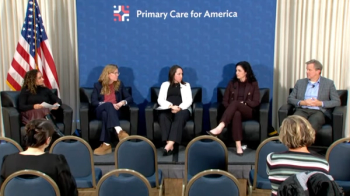
Money for doctors, quick turnaround, policy changes — and even excitement?

Health care faces challenges in complying with information-blocking laws, impacting patient care and outcomes. Interoperability is essential for progress.
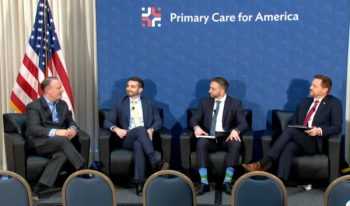
Top CMS policymakers outline benefits to primary care for Medicare spending next year.

Half of practices now use at least one AI tool; documentation and fax automation deliver the largest reported time savings, with patient communication emerging as the next major target.

A decade of federal initiatives strengthened care coordination, engagement and clinical quality in primary care, but fee-for-service incentives kept spending high.
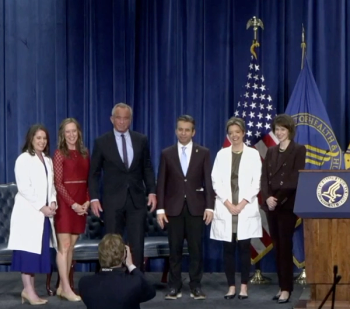
Officials say fears are unfounded for safe treatments of menopause symptoms.

FAA cuts flights at 40 major airports amid government shutdown, threatening delays and cancellations.

GLP-1 drugs Wegovy, Zepbound will have lower prices and be covered by Medicare.

When life sciences, insurers and clinicians align around timely, trusted data, health care can finally deliver more coordinated, cost-effective, patient-centered care.

Association of American Medical Colleges issues call to action for schools to revise training programs.

Consolidation boosts continuity of care but deepens disparities in follow-up and preventive services, researchers report.

WalletHub’s latest CPI analysis reveals which metro areas are seeing prices rise fastest.

New WalletHub data shows where the federal shutdown’s fallout is spreading fastest — and how long recovery could take.

Advocacy groups issue praise, some questions for next year’s physician payment rule.

Organizations react to CMS’ plan for physician payment next year.

Part three of our three-part webinar series airs Nov. 4 at 7 p.m. ET, unpacking how most favored nation pricing, import tariffs and direct-to-consumer channels could ripple through payer contracts, 340B and practice economics.

New JAMA analysis estimates more than 11,000 physicians on H-1B visas in FY 2024; reliance nearly doubles in rural areas and quadruples in the poorest counties.






